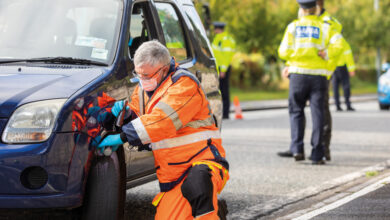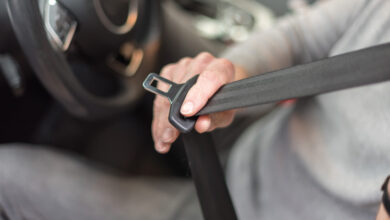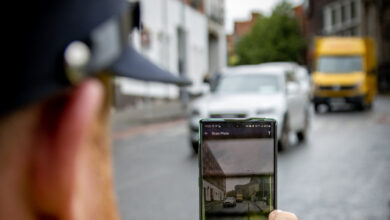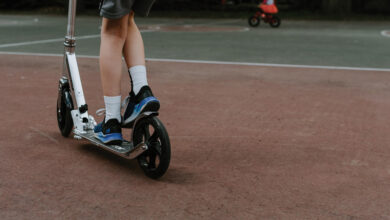Medical Bureau of Road Safety: Enhanced roadside drug testing operational
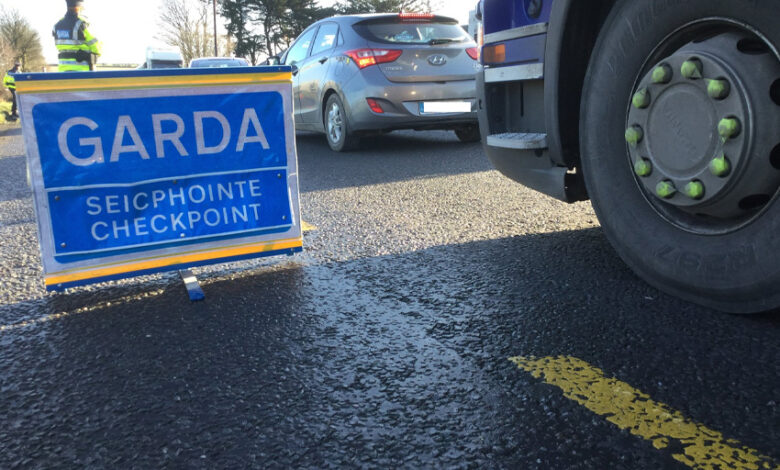
On 1 December 2022, a new oral fluid preliminary roadside drug driving testing device was launched at the joint Road Safety Authority (RSA), An Gardai Síochána (AGS), and Medical Bureau of Road Safety (MBRS) Christmas and New Year road safety appeal at University College Cork. The Director of the MBRS, Denis Cusack, speaks with eolas Magazine about the Securetec® Drugwipe 6s (DW6S).
 It is an offence to drive under the influence of drugs, including prescribed drugs, where driving is impaired to such an extent that an individual does not have proper control of a vehicle. It is also an offence to drive under the influence of alcohol and certain drugs (cannabis, cocaine and heroin), above specified levels, regardless of driving performance.
It is an offence to drive under the influence of drugs, including prescribed drugs, where driving is impaired to such an extent that an individual does not have proper control of a vehicle. It is also an offence to drive under the influence of alcohol and certain drugs (cannabis, cocaine and heroin), above specified levels, regardless of driving performance.
The MBRS is the independent forensic statutory body responsible for intoxicant (alcohol and drugs) testing in driving in Ireland and for supplying testing equipment to AGS under road traffic law.
Working in independent partnership with several road safety stakeholder organisations, including An Garda Síochána, the Road Safety Authority and the Department of Transport, the MBRS contributes to the implementation of the government Road Safety Strategy to reduce deaths and serious injuries on Irish roads.
Alcohol and drug driving is a consistent factor in road traffic collisions, with combinations of alcohol and or drugs impairing an individual’s ability to control a vehicle to the extent that they pose a risk to themselves and other road users. RSA research on data derived from Coroners’ inquiries into road collisions between 2013 and 2017 indicates that 29 per cent of drivers killed had a positive toxicology for drugs.
Supplied to An Garda Síochána by MBRS, and now operational across the State, the DW6S can test for a greater range of drugs at the roadside. The enhanced preliminary drug testing system addresses the combined alcohol-and-drugs-driving danger whilst also ensuring that drivers can continue to take their doctor-prescribed or pharmacist-advised medications for safe and healthy driving.
Explaining the rationale for the new testing device, Cusack emphasises a consistent increase in drug detection in drivers. In 2016, MBRS tested 1,113 samples for drugs other than alcohol. By 2021, this figure had increased by almost 300 per cent to 4,321 samples, 78 per cent of which confirmed a positive presence. Next to alcohol, cannabis is the intoxicant most frequently detected in Ireland, followed by cocaine.
“This newly introduced drug testing system can test for cannabis, cocaine, benzodiazepines, opiates, and, unlike its predecessors, also for amphetamine and methamphetamine, at the roadside,” the MBRS Director explains.
The DW6S is faster at delivering results, more convenient, and capable of detecting more intoxicants than its predecessor. Working like an antigen test, the new preliminary test does not require an analyser and its results can be read visually within approximately 10 minutes. If an individual’s oral fluid subsequently tests positive, a blood specimen can be taken and sent to the MBRS for evidential testing.
“The advantages of the new system are that oral fluid collection is very rapid. As such, the test time is reduced to between two and eight minutes, and the device is easily transported with no other device being required to read the drug results.
“This enhanced roadside drug testing system to be used by An Garda Síochána is timely as drug use in Irish society continues to increase and diversify, which also translates into more dangerous intoxicated driving,” Cusack concludes.
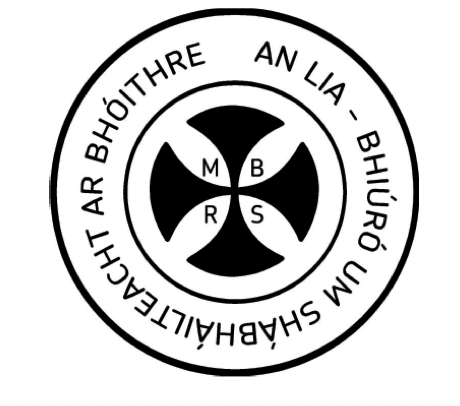
For more information, please contact
T: 01 7165555
E: forensic.medicine@ucd.ie
W: www.ucd.ie/mbrs/aboutmbrs


